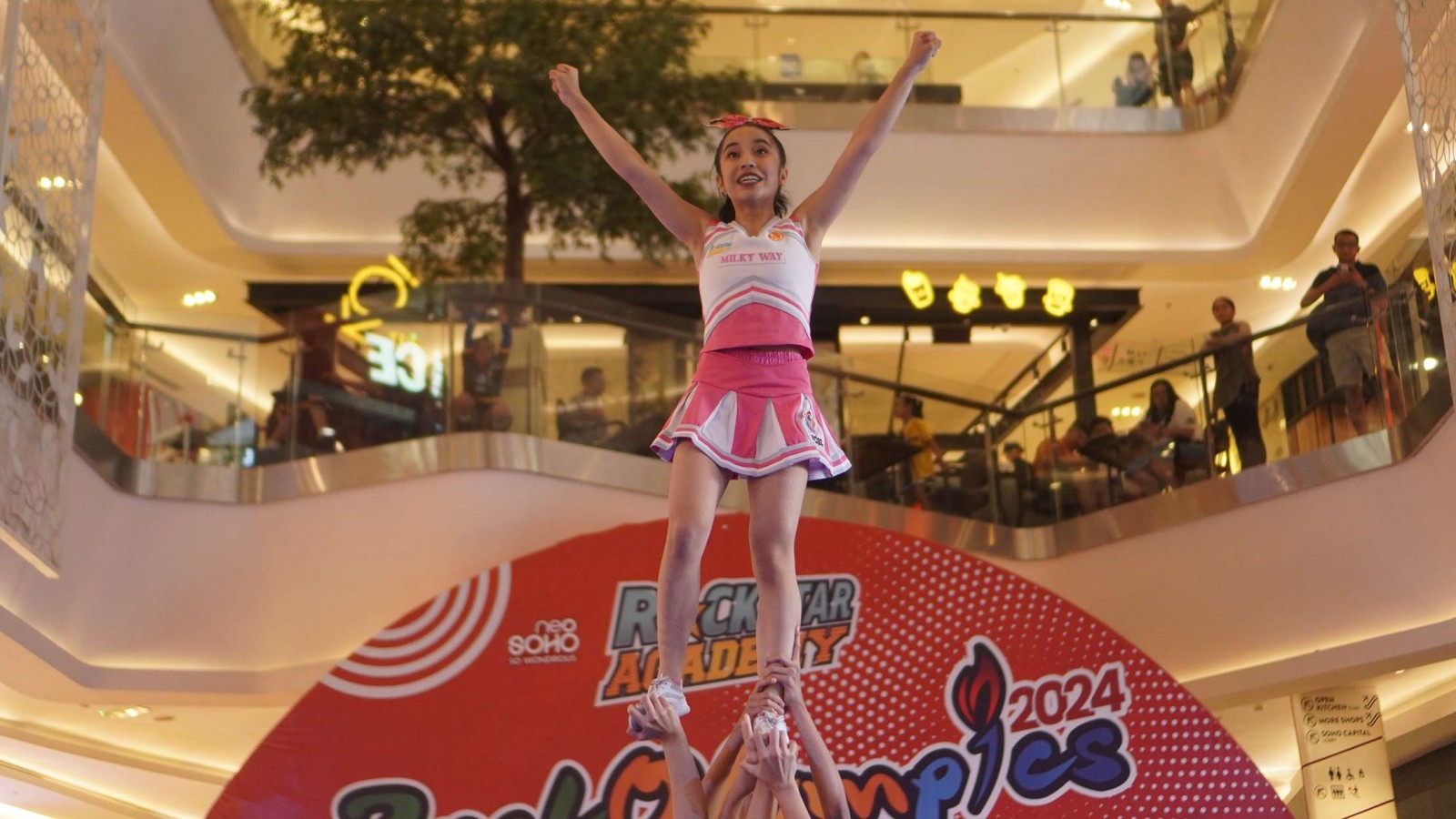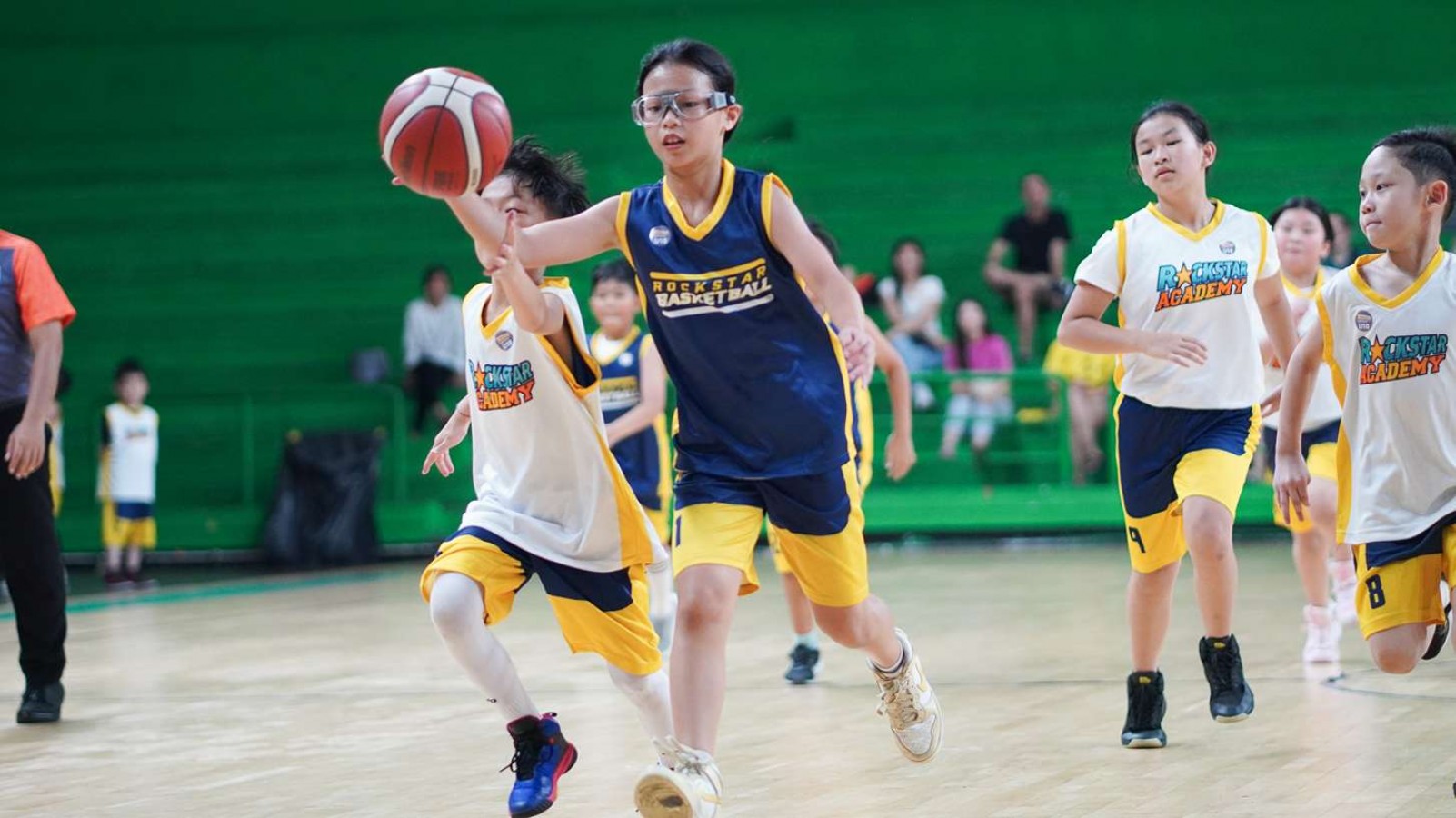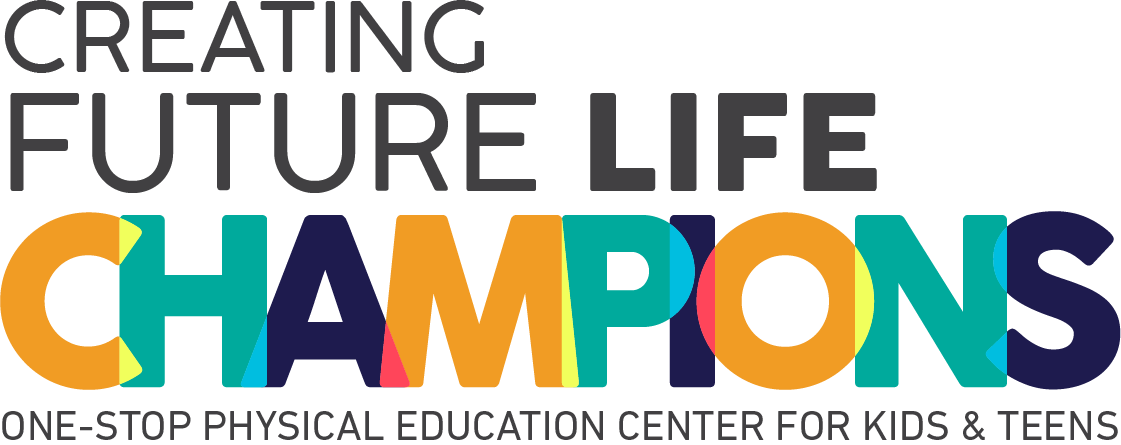Becoming a Great Cheerleading Flyer: Essential Tips and Techniques

Becoming a great cheerleading flyer involves more than just being light on your feet, it requires a combination of strength, balance, technique, and trust within your team. Flyers are the athletes who are lifted and thrown into the air during stunts, showcasing both grace and athleticism.
As the flyer is often the centerpiece of many cheerleading stunts, mastering this role can significantly enhance your team’s performance and boost your confidence. Here’s a comprehensive guide to becoming a great cheerleading flyer, exploring essential tips, techniques, and debunking common myths.
Flyer Position in Cheerleading
The flyer position in cheerleading is both demanding and prestigious. Here’s an in-depth look at the flyer position, including its responsibilities, key skills required, and the overall role within a cheerleading team:
1. Arabesque
In the Arabesque position, the flyer extends one leg straight back while keeping the torso upright and balanced. This pose highlights flexibility in the hamstrings and lower back, and is often used to showcase grace and control.
2. Heel Stretch
The Heel Stretch involves holding one foot behind the back with the leg extended upwards, and the other leg bent or straight. This position demonstrates both flexibility and balance, making it a popular choice for eye-catching stunts.
3. Bow and Arrow
In the Bow and Arrow position, the flyer holds one foot behind them while extending the other leg forward and arching the back slightly. This dynamic pose showcases flexibility and strength, often used to add flair and drama to routines.
4. Scale
The Scale position requires the flyer to lift one leg straight up behind them while keeping the torso straight and balanced. It emphasizes core strength and flexibility, creating a visually striking shape with the body.
5. Scorpion
In the Scorpion position, the flyer holds one foot and pulls it towards their back while the other leg remains grounded or slightly bent. This advanced pose highlights extreme flexibility and balance, adding an impressive element to the performance.
6. Needle
The Needle stunt involves holding one foot above the head while keeping the other leg straight and the body upright.
This challenging position showcases exceptional hamstring flexibility and balance, making it a standout element in cheerleading routines.
7. Chin Chin
The Chin Chin position features the flyer holding one foot behind them with the knee bent and the foot near their chin. This position requires a high level of flexibility and control, creating a distinctive and elegant pose.
8. Broken Needle
In the Broken Needle position, the flyer extends one leg behind them while the other leg is bent with the foot near the inner thigh. This pose combines flexibility with balance, offering a visually appealing variation of the Needle.
9. Paperclip
The Paperclip position involves the flyer holding one foot with the leg extended outwards, resembling the shape of a paperclip. This pose requires strong balance and flexibility, creating a unique and captivating visual effect.
10. Free Stretch
The Free Stretch is a versatile position where the flyer holds one leg extended upwards while the other leg remains grounded.
It allows for a range of variations and angles, demonstrating flexibility and strength while maintaining a clean and controlled form.
How to Be a Great Cheerleading Flyer
Becoming a great cheerleading flyer isn’t just about being lifted high into the air, it’s about mastering the skills and techniques that make those aerial stunts look effortless and stunning.
If you’re ready to take your cheerleading game to the next level, here are some tips to help you shine as a flyer:
A. Doing Stunts
Mastering stunts as a flyer requires precise technique and consistent practice. Work closely with your coach to perfect each technique, ensuring you understand the correct form and timing. Focus on gradually increasing your difficulty level as you build confidence and skill.
B. Keeping Your Balance in the Air
Maintaining balance while airborne is crucial for executing stunts successfully. Strengthen your core and work on proprioception exercises to enhance your spatial awareness.
Regularly practice balance drills and ensure proper communication with your bases to stabilize your position.
C. Performing with Confidence
Confidence is key for a successful performance as a flyer. Visualize your stunts, rehearse them thoroughly, and cultivate a positive mindset.
Approach each routine with determination and poise, which will help you execute stunts more effectively and handle any challenges that arise.
D. Getting in Shape and Controlling Your Body
Physical fitness is essential for a flyer, as it impacts your strength, flexibility, and overall control. Incorporate strength training, flexibility exercises, and cardio into your fitness routine to build a well-rounded physical foundation.
Pay attention to body awareness and control to ensure precise and graceful movements during stunts.
Common Myths About Being a Flyer
Being a cheerleading flyer is a role filled with excitement and skill, but there are plenty of myths out there that can be misleading. Let’s clear up some common misconceptions and see what being a flyer is really all about!
1. Being a flyer is less work than being a base
TRUTH: While bases do the heavy lifting, being a flyer involves significant physical effort and training.
Flyers must develop strength, flexibility, and balance to hold complex positions like scorpions and heel stretches while suspended in the air.
2.Flyers only stretch at practice
TRUTH: Flyers need to stretch daily, outside of practice, to maintain and improve their flexibility. Many coaches require additional stretching classes or personal stretching routines to ensure that flyers can perform advanced positions consistently.
3. Once you're a flyer you'll always be a flyer
TRUTH: Flyer positions are constantly evaluated and can change from season to season. Coaches assess a flyer’s performance, flexibility, and attitude, and it’s beneficial for flyers to also experience basing to better understand their role.
4. Only small people can be flyers
TRUTH: While being smaller can be advantageous, the key to being a flyer is body control and awareness. Flyers of all sizes can excel if they possess the necessary skills, confidence, and athleticism.
5. When a stunt falls it's the flyer's fault
TRUTH: A stunt fall can result from multiple factors, not just the flyer’s actions. Although the flyer often gets the spotlight, issues with stunts usually involve contributions from the entire stunt group.
6. A cheerleader can learn to fly in just a few practices or even one season
TRUTH: Learning to fly is a gradual process that involves mastering techniques step by step. Coaches focus on building foundational skills over time, with progression and refinement occurring through continuous practice and experience.
7. When a flyer grows she can't be a flyer anymore
TRUTH: Growth does not disqualify someone from being a flyer if they have mastered good technique. Flyers who consistently practice proper techniques can continue to excel regardless of physical growth.
8. Only girls can be flyers
TRUTH: Although female flyers are more common, male cheerleaders can also excel in the flyer position. Male flyers, when they do compete, must meet the same rigorous standards and often showcase their impressive body control and skill.
Ready to Soar to New Heights?
As you strive to excel as a cheerleading flyer, remember that success comes from a combination of practice, dedication, and the right techniques. Embrace these tips and techniques, and you'll not only enhance your performance but also contribute significantly to your cheerleading squad's success.
Looking to take your cheerleading skills to the next level? At Rockstar Academy, our Cheerleading Program is designed to elevate your performance with top-notch training in cheerleading stunts and routines.
As part of the Sports & Performing Arts Academy, we offer expert coaching and a supportive environment to help you excel in both individual and team cheerleading. Our program prepares you for competing in events and competitions such as RockOlympics and Elite Championships with advanced techniques and performance strategies.
Best of all, you can experience all this with a free trial of our Cheerleading Program. Don’t miss this chance to shine and reach your full potential, join us today and start your journey toward cheerleading excellence!
FAQ
What is a flyer in cheerleading?
A flyer in cheerleading is the team member who is lifted into the air during stunts, performing various poses and tricks.
Is being a flyer in cheer hard?
Yes, being a flyer is challenging, it requires strength, balance, flexibility, and confidence to perform stunts safely and effectively.



